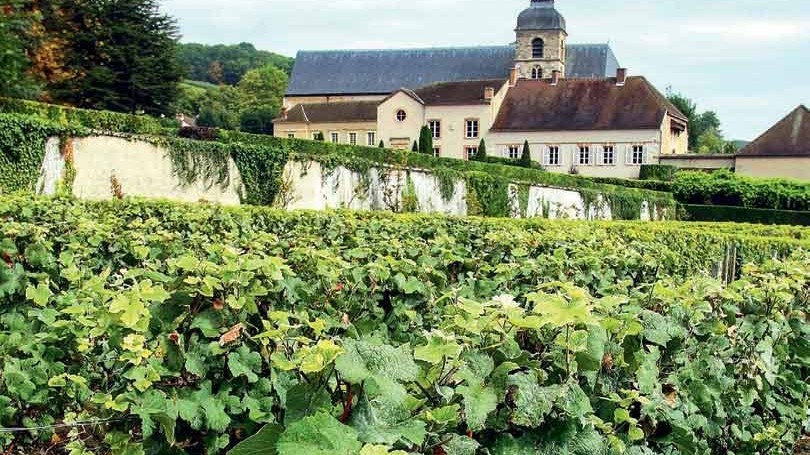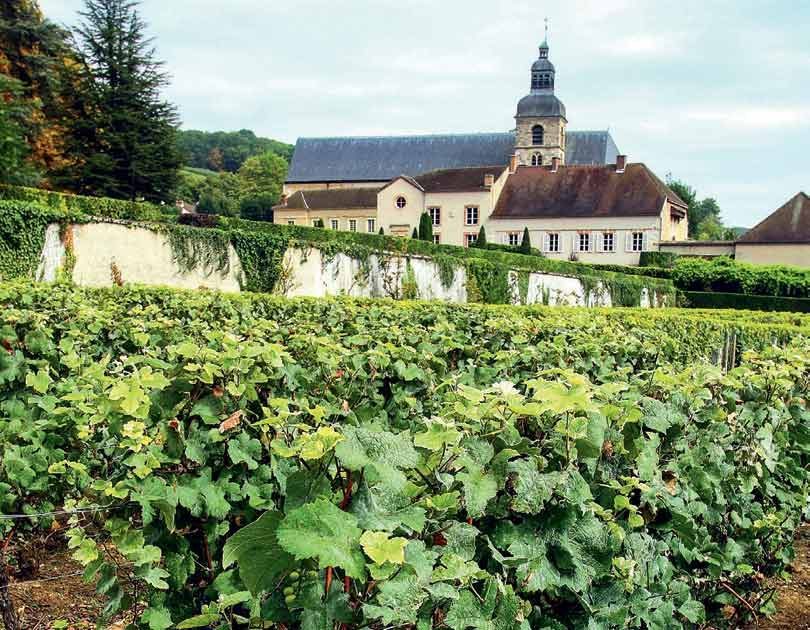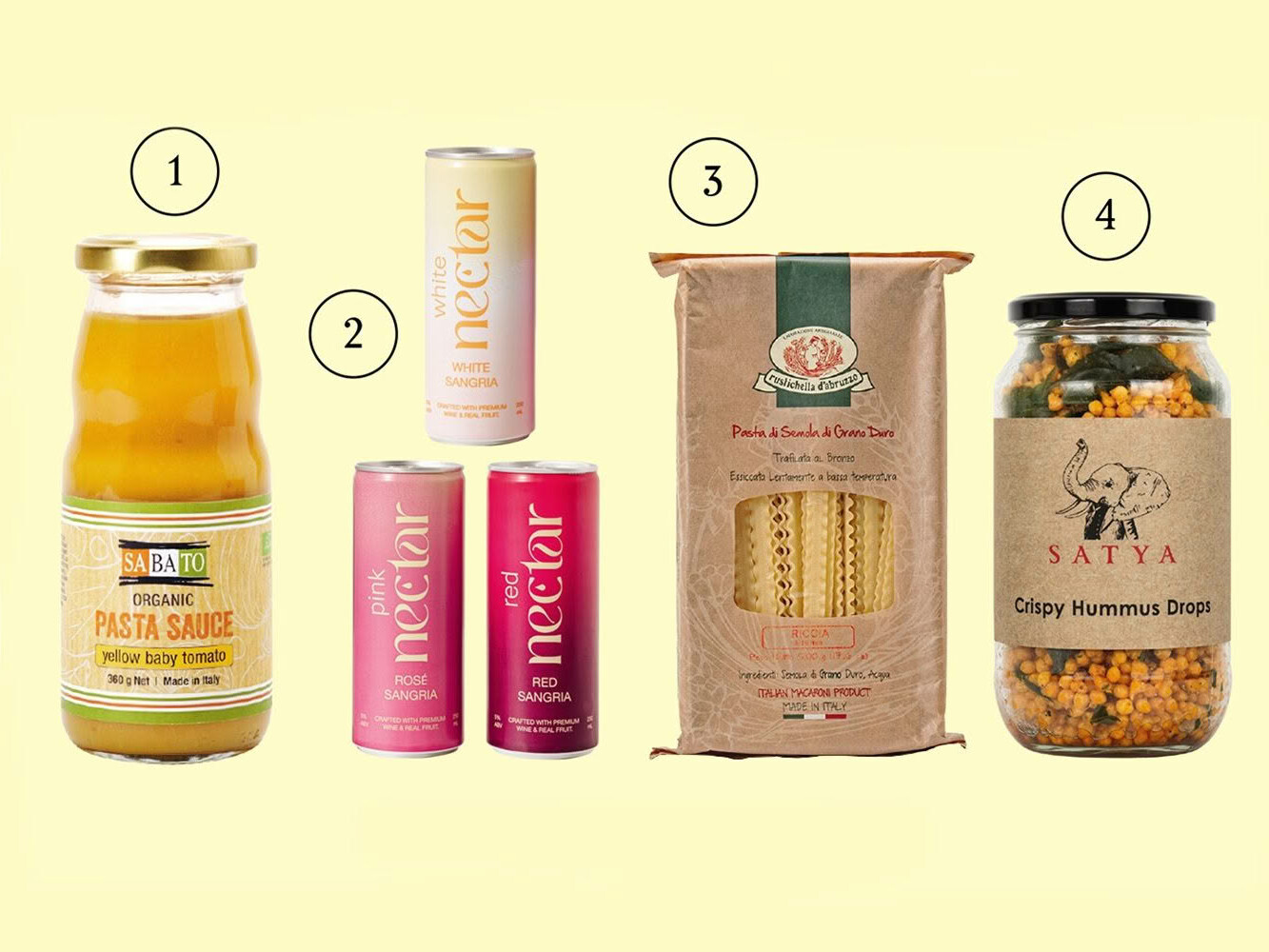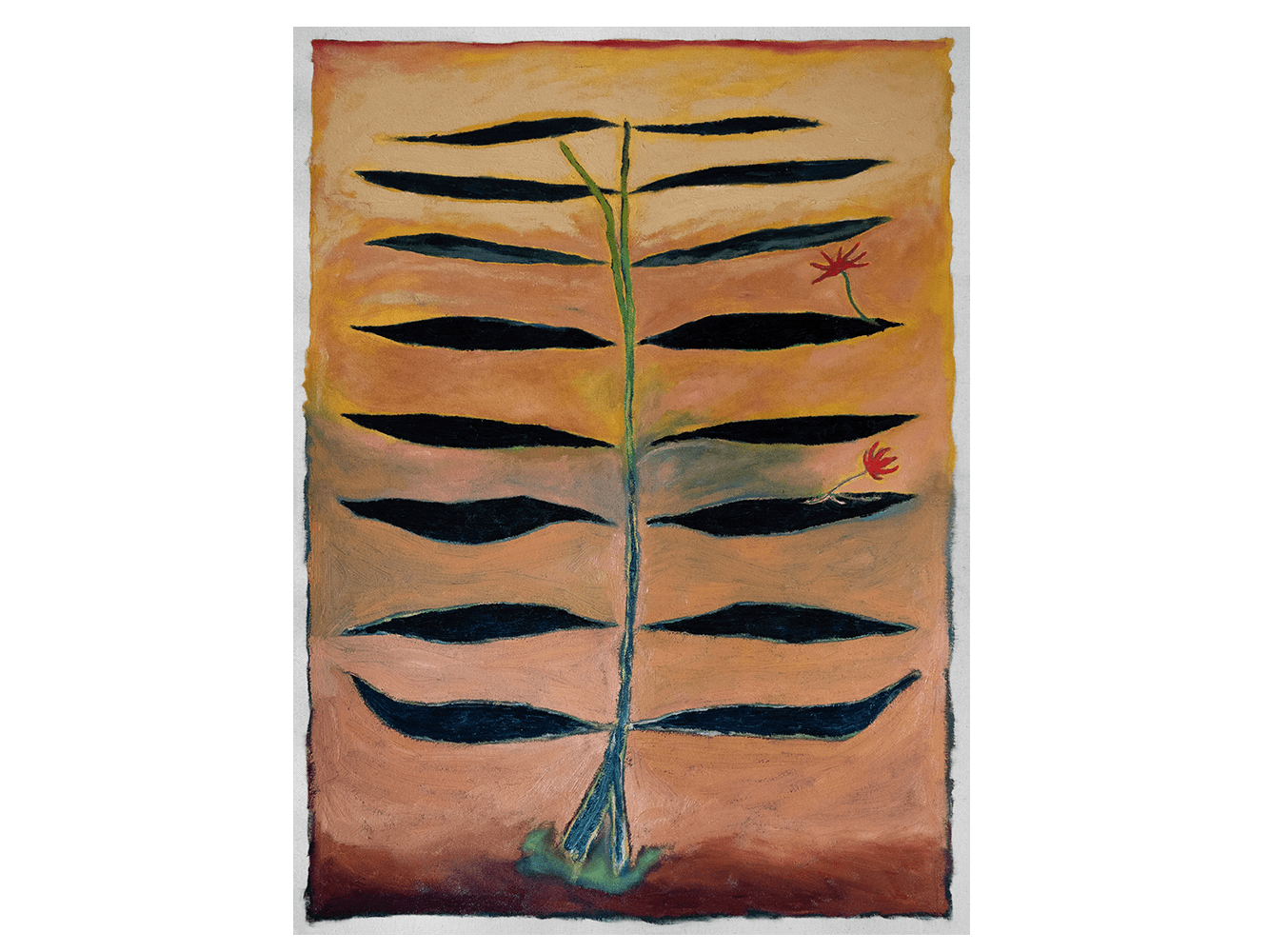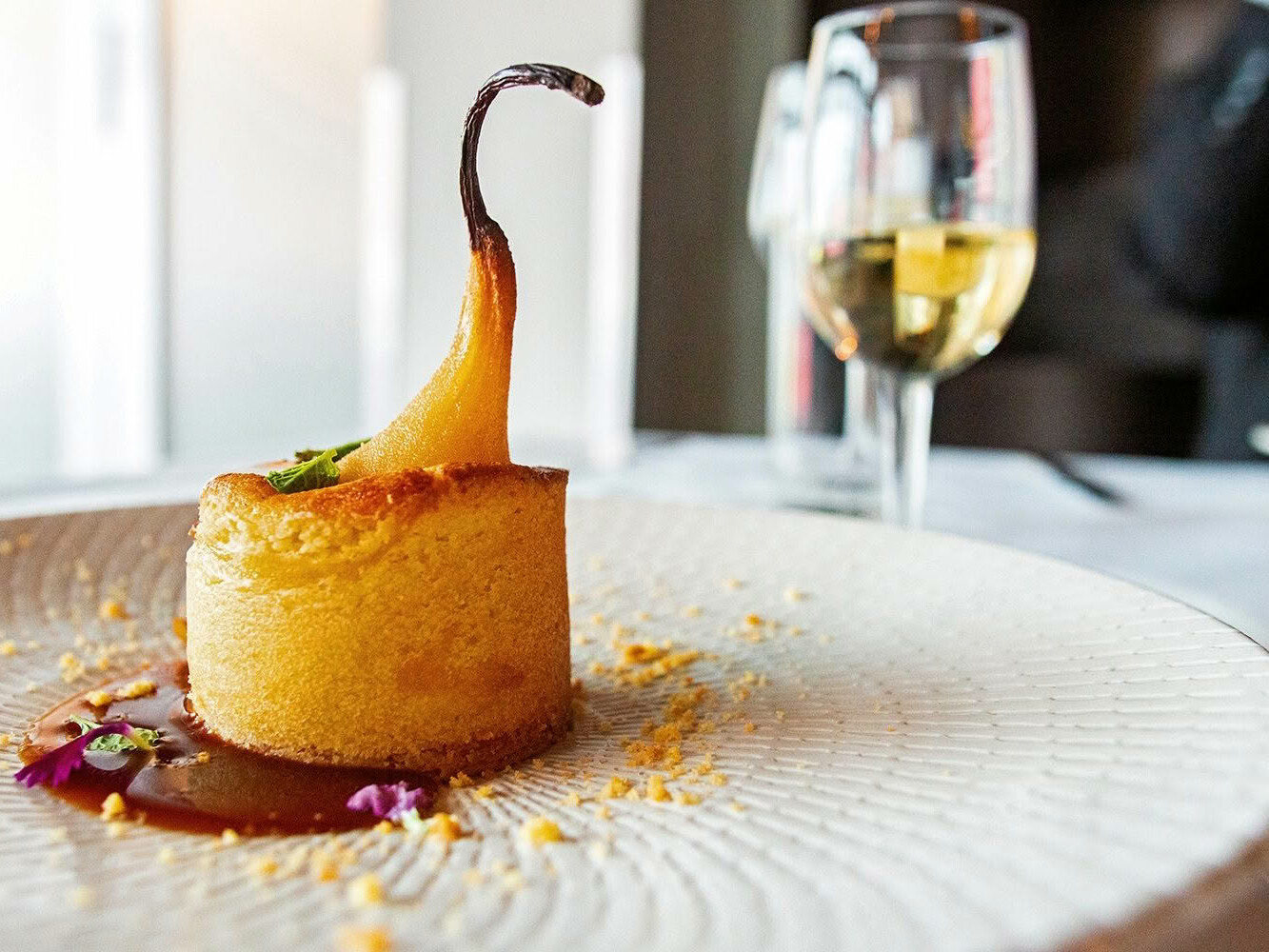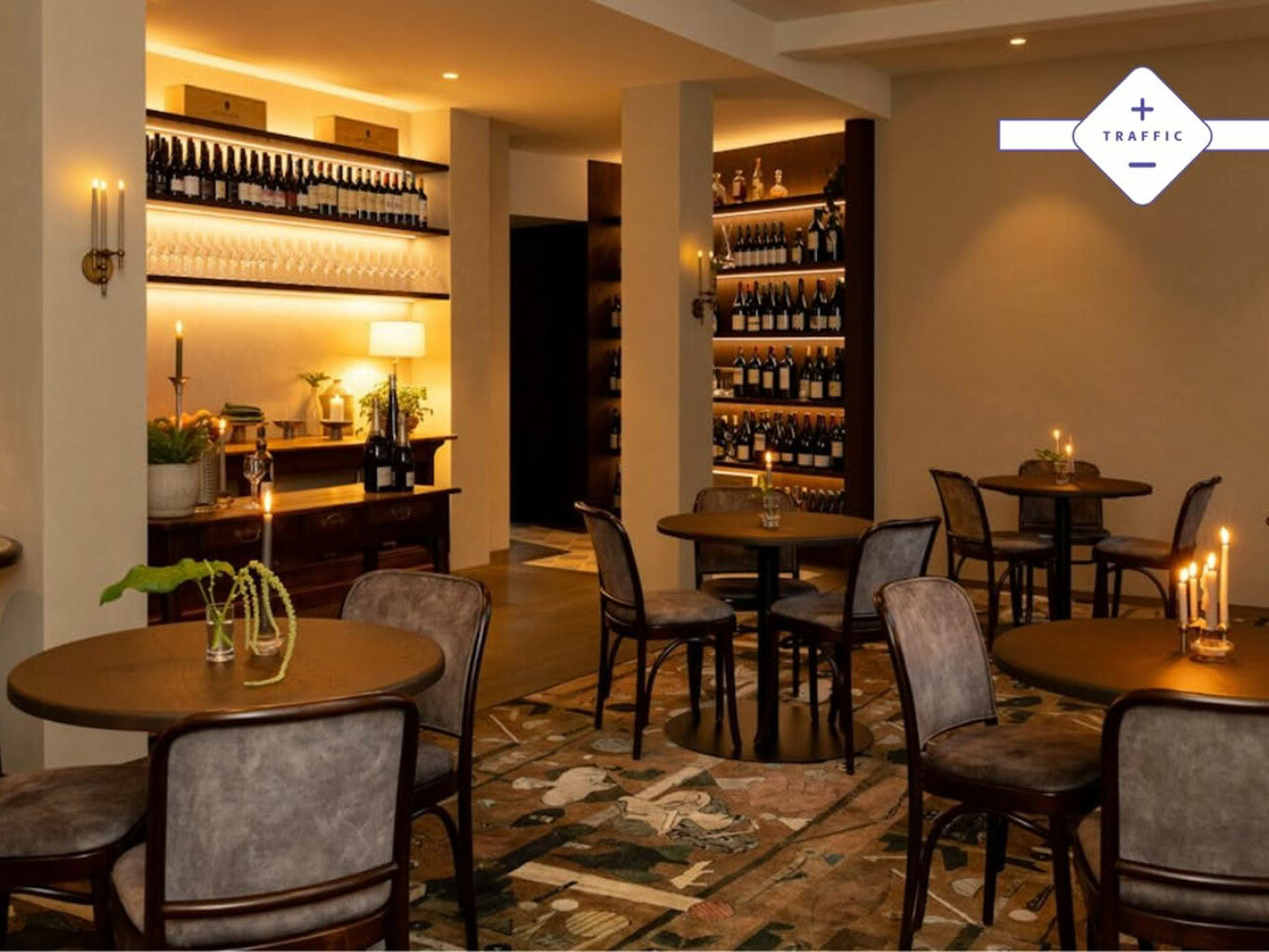NZ SWEET WINE TASTING RESULTS
Try new flavour combinations and find a new favourite, says JOHN BELSHAM.
THE STORY of sweet wine production stretches back into ancient history. Indeed there is evidence that Armenian winemakers were producing ‘stickies’ from vitis vinifera grapes around 4000BC, near Mount Ararat where Noah allegedly rested his ark after the flood and planted a vineyard. Revered for their quality these wines were one of the most frequently traded commodities, often considered more valuable than gold. That liquid gold carries a different meaning today as anyone who makes sweet, late harvest or botrytized styles can attest that the volumes and profits are directly correlated; small. However, when the rare opportunity arises, winemakers jump at the chance to make one as sweet wines still ring all the bells of creativity. It is a style of wine that transcends time as they are also very modern and relevant to our cuisines today. With a wonderful line-up of New Zealand ‘stickies’ in this review, we encourage you to jump in with abandon. Try a sweet with salty, blue cheese, wasabi-crusted pork or a fresh, spicy Asian dish however there is no limit to great food matches; experiment with bold, contrasting flavours to find a new favourite.
CHAMPAGNE OVER $100 TASTING RESULTS
If you are in the mood to ‘splash out’ you will be delighted, says JOHN BELSHAM.
THE TERM ‘tête de cuvée’ can be used to define any house’s top blend, however it is mostly reserved for the very finest blends of Champagne. These wines are produced from the best fruit from the best sites. They are aged in the cellars for many years or even decades prior to disgorging and release. The wines may be defined by a certain vineyard or unique house character. They may also be from a declared vintage. Vintage declarations are the ultimate decision of each house but are only released from exceptional years and with careful consideration. These wines are priced to reflect the superior level of time, effort, pedigree and skill afforded to these very special blends. Money does not always buy good taste however it can buy a great tasting. All of the Champagnes were judged and scored without knowledge of price. However, once the submissions were tabulated by price, after the tasting, it was of no surprise that many of the wines that achieved our greatest accolades have a price tag to match. If you are in the mood to ‘splash out’ you will be delighted with the luxurious offerings listed.
CHAMPAGNE $100 & UNDER TASTING RESULTS
There is a glass of bubbles to suit every taste, says JOHN BELSHAM.
CHAMPAGNE PROMOTIONS are layered with glossy images celebrating the joys of life. During a recent visit to Champagne I was reminded that this notion is not a veneer but heartfelt. Not only are the best winemakers humble but the pride and passion that drives them is as much shaped by their past as their present. The history of their region has not always been joyful and includes the ravages of two devastating world wars. If it is indeed true that you need to experience great sadness to understand great joy, then the Champenois are eminently qualified to celebrate the “joys of life”. The virtues of time and patience that were fundamental in surviving the hardships of war now define their winemaking strategies. This philosophy perhaps explains one of the great ironies of Champagne, as to how so much complexity is derived from seemingly under-ripe fruit. We certainly revelled in the complexity of the wines in this tasting. The quality and the diversity are inspiring and ensures that there is a glass of bubbles to suit every taste.
SPARKLING TASTING RESULTS
It is exciting to see the quality of sparkling wine across a range of price points, styles and countries, says JOHN BELSHAM.
WINE IS ONE of the few things that slows down our modern-day life, if only for a moment. Great winemaking is a slow and patient pursuit. Great sparkling winemaking is even slower, as it can often take a decade or longer to build a respectable reserve stock program for blending non-vintage sparkling wines. However, often the difference between old winemaking countries and new is not about experience or capability or land or dedication; it is about finance and time. Most investors in new world ventures do not appreciate ageing wine inventory and tend to avoid them, whereas in countries like France much of a wine company’s value is in its bottled reserves. With an understanding of the levels of dedication, investment and time required by sparkling wine producers, it is exciting to see the commitment to quality across a range of price points, styles and countries, old world and new. With so many beautiful sparklings to choose from, it certainly reminds us to slow down, capture the moment and enjoy.
SEE MORE FROM CUISINE
Design File / Jessica Crowe / stylist, painter / Whangamatā
Though you may not know Jessica Crowe’s name, if you are a regular…
Traffic July / August 2025
Josh and Helen Emett continue the elegance and success of Gilt, with…

